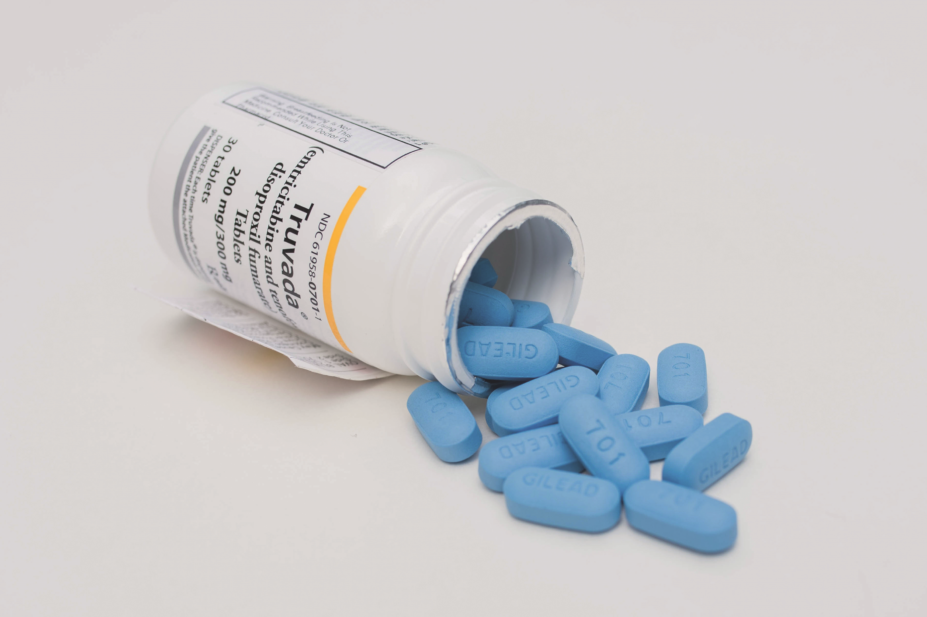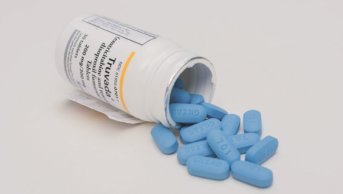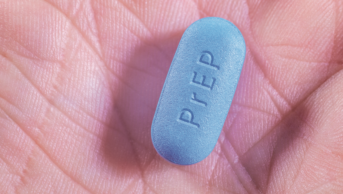
Shutterstock.com
Rollout of pre-exposure prophylaxis (PrEP) for HIV has resulted in a rapid decrease of new infections among men who have sex with men, according to data collected in New South Wales, Australia.
The study, which was published in The Lancet HIV (17 October 2018), involved 3,069 sexually active men at high risk of contracting HIV who received daily tenofovir disoproxil fumarate/emtricitabine and attended a follow-up visit at 12 months or later at which their HIV status was tested[1]
.
Overall, two men were infected with HIV during 4,100 person-years of follow-up and both had been non-adherent to PrEP. This equated to an incidence of 0.048 per 100 person-years.
Additionally, the researchers looked at population-level data and found 221 new HIV diagnoses in the year after PrEP rollout, compared with 295 new diagnoses in the year before. The team noted that this was the lowest number of HIV diagnoses in New South Wales since surveillance began in 1985.
“Our results support the population-level effectiveness of PrEP one year after rapid PrEP implementation at scale,” said lead author Andrew Grulich from the Kirby Institute, University of New South Wales.
“Rollout should be prioritised as a crucial component of HIV prevention in epidemics predominantly affecting men who have sex with men.”
References
[1] Grulich A, Guy R, Amin J et al. Population-level effectiveness of rapid, targeted, high-coverage roll-out of HIV pre-exposure prophylaxis in men who have sex with men: the EPIC-NSW prospective cohort study. Lancet HIV 2018. doi: 10.1016/S2352-3018(18)30215-7


